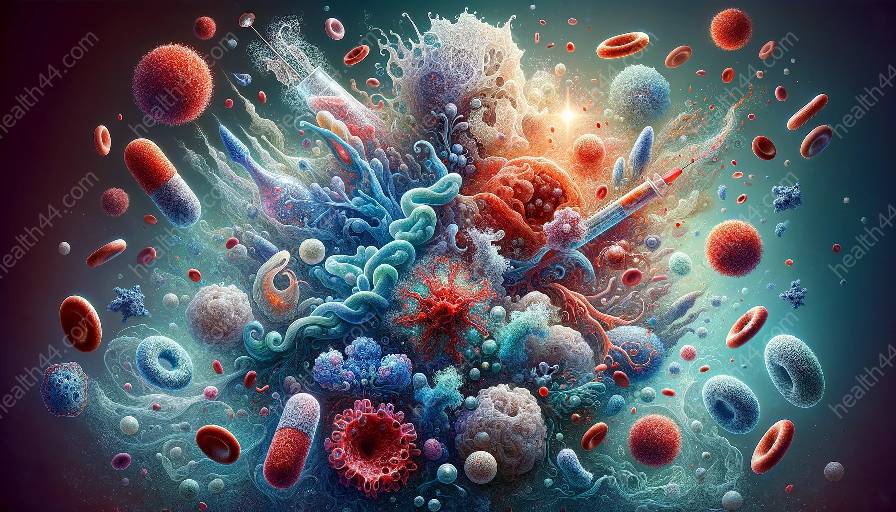Immunoglobulins, also known as antibodies, are pivotal components of the adaptive immune system, playing a crucial role in recognizing and neutralizing pathogens and providing immune protection.
The Role of Immunoglobulin Classes
There are five major classes of immunoglobulins, each with distinctive effector functions. Understanding the characteristics and roles of these classes is fundamental in comprehending the mechanisms of immune defense.
IgA (Immunoglobulin A)
IgA is predominantly found in mucosal secretions, such as saliva and tears, as well as in the respiratory, gastrointestinal, and urogenital tracts. Its main function is to prevent pathogens from adhering to mucosal surfaces, thereby blocking their entry into the body.
IgM (Immunoglobulin M)
As the first immunoglobulin class produced during an initial exposure to an antigen, IgM is critical in the early stages of the immune response. It is particularly efficient at activating the complement system, which enhances the opsonization and phagocytosis of pathogens.
IgE (Immunoglobulin E)
Generally associated with allergic responses, IgE is involved in defending against parasitic infections. It triggers the release of histamine and other inflammatory mediators from mast cells, promoting the expulsion of parasites from the body.
IgD (Immunoglobulin D)
IgD is primarily found on the surface of B cells, serving as a receptor for antigens. While its precise function is still not fully understood, it is believed to participate in the activation of B cells during the immune response.
IgG (Immunoglobulin G)
As the most abundant immunoglobulin in the circulation, IgG plays a key role in secondary immune responses. It can neutralize toxins, opsonize pathogens for phagocytosis, and activate the complement system, contributing to the clearance of invaders from the body.
Antibody Effector Functions
Antibodies carry out their effector functions through a variety of mechanisms, exerting protective actions against pathogens and promoting immune responses.
Neutralization
By binding to key sites on pathogens, antibodies can render them harmless, preventing them from infecting host cells. This prevents the spread of infection and allows other components of the immune system to eliminate the neutralized pathogens efficiently.
Opsonization
Antibodies mark pathogens for recognition and ingestion by phagocytic cells, such as neutrophils and macrophages. This process, known as opsonization, enhances the efficiency of pathogen clearance by promoting their ingestion and destruction.
Activation of the Complement System
Some classes of antibodies, particularly IgG and IgM, can trigger the complement cascade, a series of enzymatic reactions leading to the formation of membrane attack complexes on the surface of pathogens. This ultimately results in the lysis of the targeted cells.
Antibody-Dependent Cell-Mediated Cytotoxicity (ADCC)
Antibodies can bind to target cells, such as infected or cancerous cells, and subsequently engage natural killer (NK) cells or other cytotoxic cells. This interaction leads to the release of cytotoxic molecules by the effector cells, resulting in the destruction of the target cells.
Conclusion
Immunoglobulin classes and antibody effector functions are integral components of the immune system, orchestrating a multi-layered defense against invading pathogens. By understanding the unique roles of each immunoglobulin class and the diverse effector functions of antibodies, researchers and healthcare professionals can advance immunological research, develop new therapeutic approaches, and improve the management of infectious and immune-related conditions.


